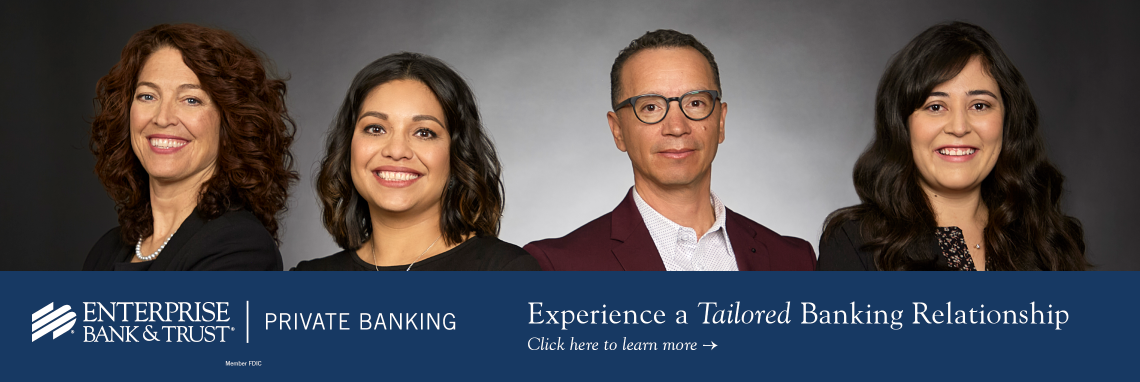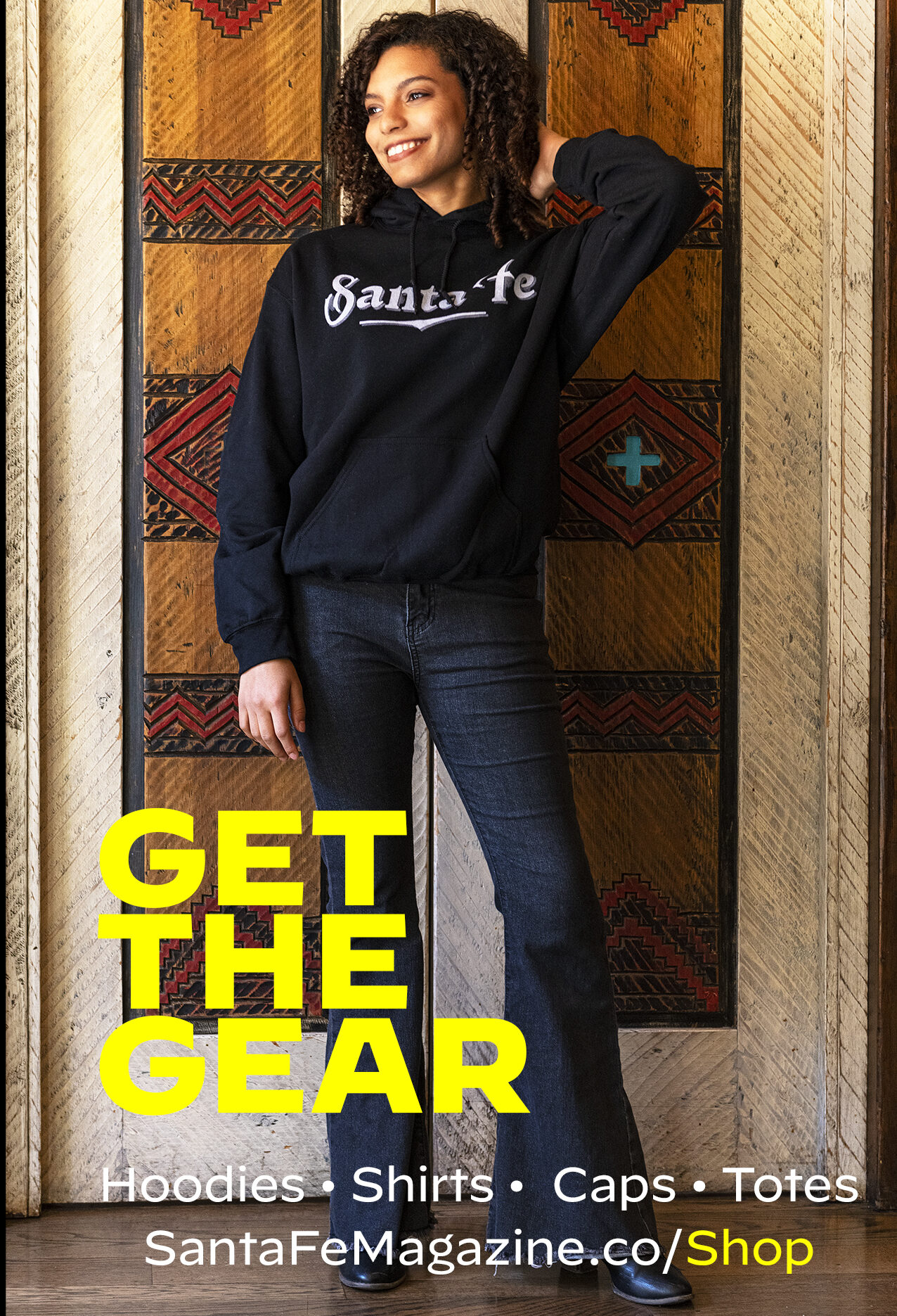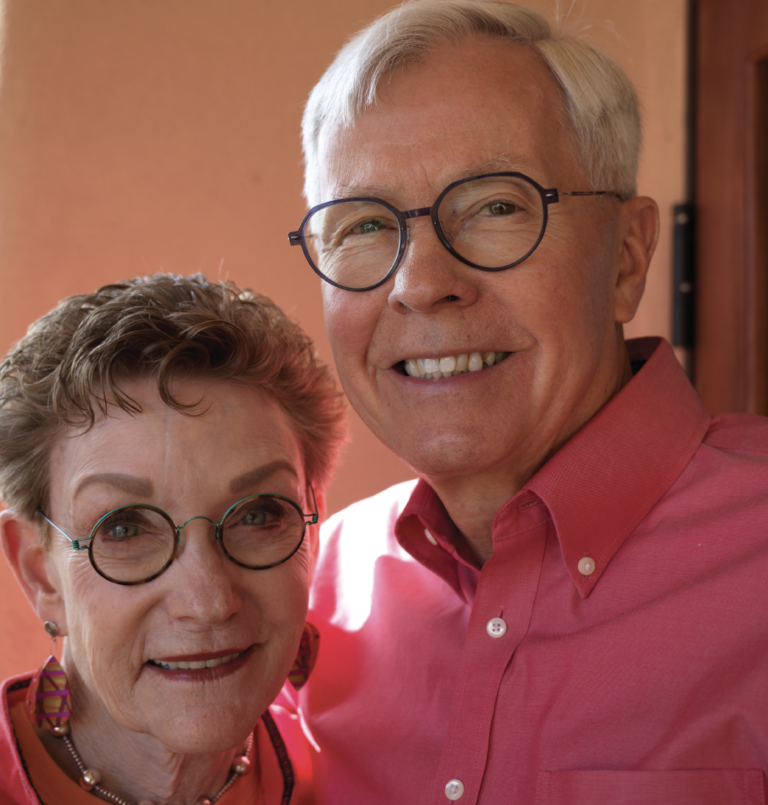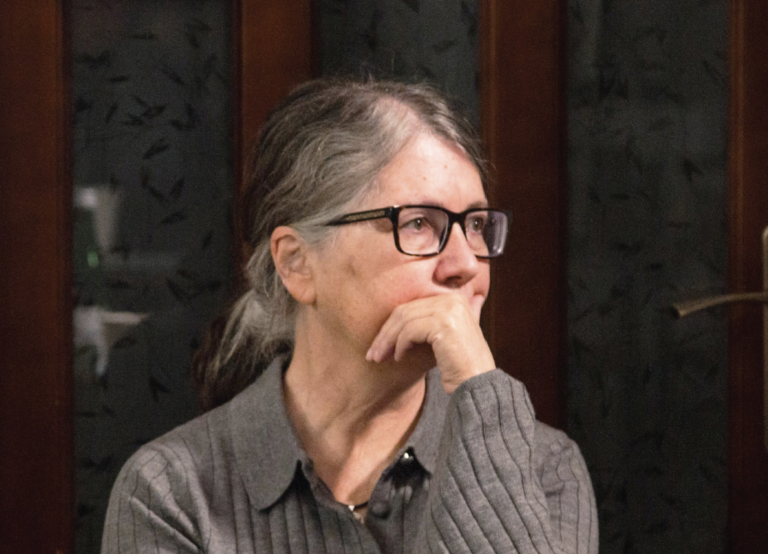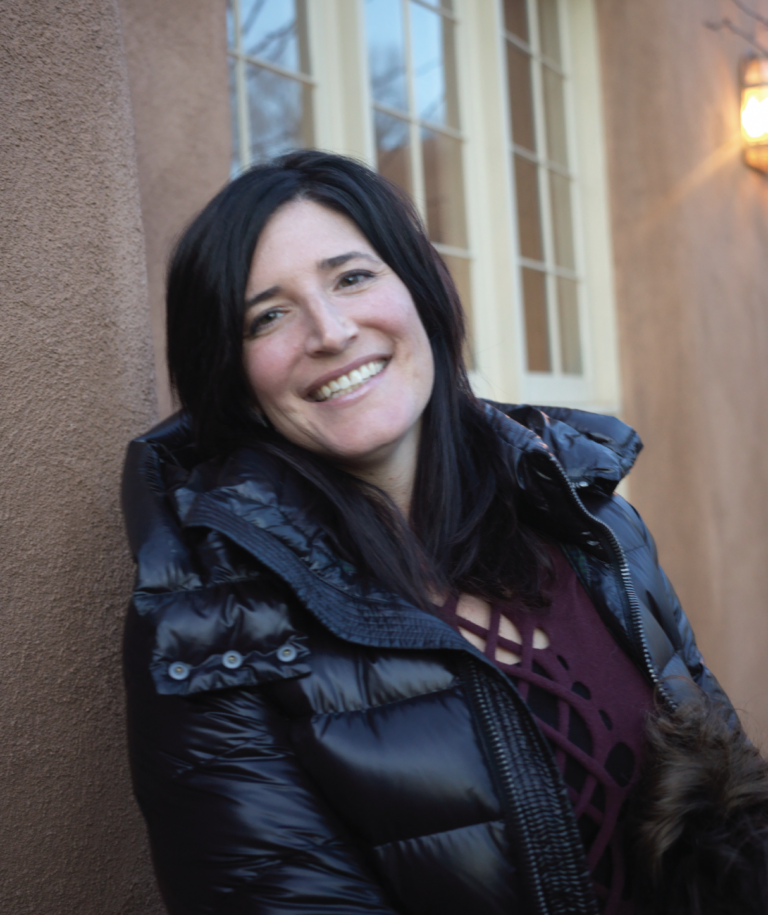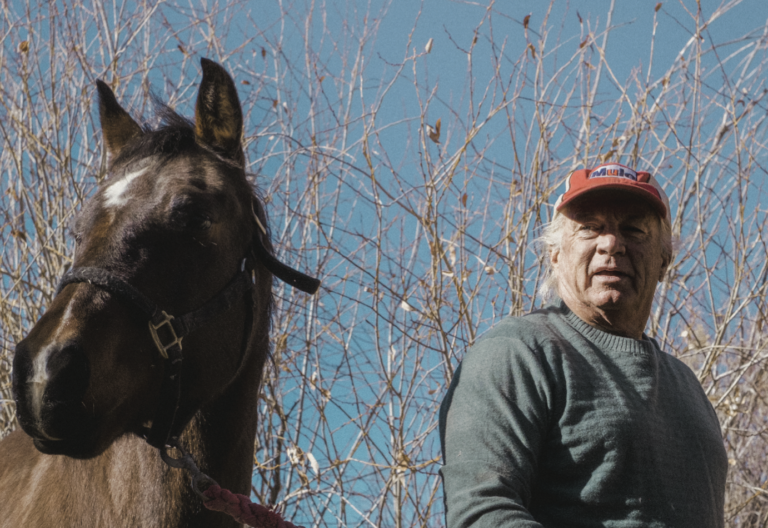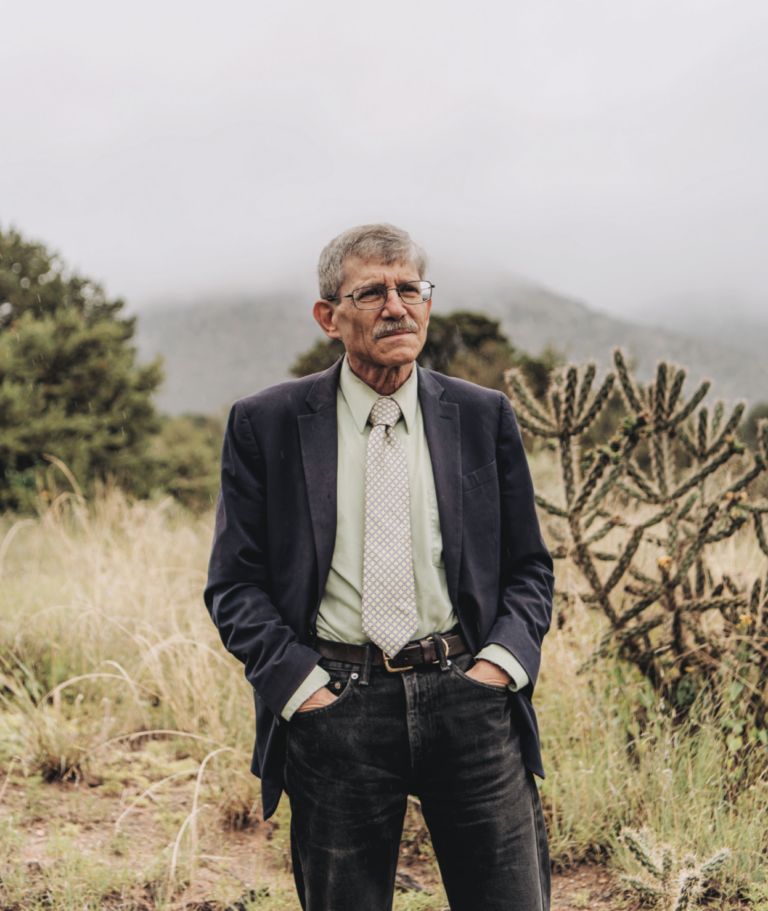“I HAVE INDIGENOUS BLOOD, I HAVE SPANISH BLOOD, I have Western European blood,” she tells us. Maida Branch has made a mission of connecting with her ancestry. She is a renowned artist using her passion and conviction to promote the work of artists who connect deeply with their heritage and ancestors. She is on the journey of her life.
You’re an artist. What mediums do you work in?
Jewelry design, textile design, natural dye. And film and photography.
Your business, MAIDA, is a collection of work of artists with whom you collaborate.
Yes, I work together pretty intimately with each artist and curate it all. I startedthe business when I was living in New York. I think subconsciously I was homesick and started this project called MAIDA after my grandmother. Maida is her name as well. I wanted to just share more of the place I was from, more about its people and its history. And so that’s kind of why it’s evolved to be such a broad collection of practices. I just want to capture all of it.
So it extends to film and photography. But also how can I create things and work with other creators to share things that express this place?
How do you find the artists you collaborate with?
Good question. I met Gino Antonio at Seeds at SITE Santa Fe. His work was so striking and beautiful, cast in tufa. He inherited the practice from his grandfather who taught him how to silversmith. He’s also a healer with horses who have PTSD or trauma. He worked with a medicine man in his tribe doing healing work with them. He also works with vets and the horses together in collaborative healing. I feel like you really can feel that in his work, in the way the silver feels when you wear it.
Then I met Camilla Trujillo at Spanish market. She is in Santa Clara tradition of pottery and digs her own clay and pit-fires it and makes reproductions of things from the archaeological digs in New Mexico.
So I started meeting these people by coming home and listening to where I could go next. It was really cool because kind of selfishly, it’s just been a project of getting to know my people and this place.
I met Johnny Ortiz, my partner, in that same way, through his ceramic work and his cooking. I met Josh Tafoya, he’s a really good friend of Johnny. They grew up together. He found out later in life that he comes from descendants of weavers and so he has taught himself how to weave on his aunt’s Rio Grande loom. We work together and co-design things or I try to dream of things and ask if he can make it and he does.
Recently I started working with Maryssa Chavez. She’s a jeweler from Española and a photographer who makes these really beautiful, beaded pieces with pearls and things from the ocean. They speak to an actual geographical history of New Mexico once being under water.
Then there’s Marcella Pacheco. She’s in her 80s and is from the San Luis Valley, so technically not in New Mexico. But you know, at one point that border wasn’t there and a lot of the culture in Southern Colorado is very similar to Northern New Mexico. I really like her work with colchas, which is an embroidery that’s specific to this region. It’s the practice of a stitch that has only been seen here and in Romania.
So a lot of these New Mexico arts are traditionally utilitarian. The wool came from the sheep, the embroidery came to tend to the wool that needed to be repaired. Pottery for food and trade. They were pretty utilitarian but also really refined and beautiful – that’s my favorite type of art.
I’ve always described MAIDA as a love story of coming home. Ultimately it’s about my love of this place and how I can share that.
You say MAIDA is an ever-evolving project.
I wrote that when I first started the project, that it would always be evolving. I want to allow it to be the outlet for expressions through all of these artists’ work. Now that I’m a mother, I feel like it’s shifting to a lens of motherhood. The tradition, the lineage and how that’s expressed through being a mom. That’s very much at its beginning stage, I don’t know if I’m even able to articulate it quite yet.
You also talk about re-matriation. What does that mean for you?
A lot of my father’s line – the line that’s been in New Mexico forever – have assimilated. I grew up knowing there were the things that were very Northern New Mexican and indigenous, but also a lot that was Americanized. You know, my grandparents wanting to be successful business people in Santa Fe and have a life that was homogenized. So there was that duality, always.
In starting this project, in meeting elders and people from this place that were similar to my family and had similar histories and knowledge, and talking to my grandparents about their childhood and where and how they grew up, it felt maternal. Like we were all kind of re-mothering ourselves or tending to our history.
It felt like, in doing this work, I was doing it for my family, but also people were doing that for me. I was wanting to bring back an erased history and knowledge and wisdom. I think that even before I was a mom, the project always felt maternal in that way. We’re from this place. We’re from Northern New Mexico. I have Indigenous blood, I have Spanish blood, I have Western European blood. I’m a lot of different things.
So you come from a number of people whose identity was long suppressed, some of it practically outlawed. Do you think that there’s benefit to shining a light on those that came before you to celebrate them in ways that they weren’t able to?
Absolutely. I have that privilege and my grandparents didn’t.
It’s interesting, I think even adobe is having a renaissance a right now. There are multiple adobe artists from New Mexico that are shown nationally and internationally. It’s a utility, but it’s absolutely artful and it’s absolutely honorable to make your home with your hands and the earth.
When New Mexico became a state, adobe was looked down upon, as an expression of poverty because you didn’t have the means to use other building materials. Now, we live in a 200-year-old adobe house and that’s romanticized all over the state.
Recognition of your heritage may be more acceptable now than it was in your ancestors’ times, but do we still have progress to make? Do you still feel suppression of that identity?
At the end of the day, I’m just going to keep celebrating these artists and this work and this place. But I do feel like, in a gallery setting or in the context of more well-known art, it’s still not valued as highly as other work.
I have tried to present this work in a more formal art gallery setting. I don’t know if it’s because it’s so functional that it’s not looked at in a way that modern art is. My partner’s ceramic is fine art, and it’s also very functional. If you want, you can use the bean pot and make beans or you can have it in your space, but it’s not a painting on the wall.
He and I have that conversation a lot, about value and price. He digs the clay himself in a place that his ancestors have been digging for thousands of years. He has to process it for weeks. He then builds the pieces and hand burnishes them with a river stone, which can take hours. He pit-fires them, which is always a risk for breaking. Sometimes they do break and these things you spent hours on are gone forever. It’s just ephemeral. And then he still has to cure them with elk marrow and beeswax. And yet, sometimes people are like, well, a painting is much more valuable than a ceramic.
What’s helpful for me is /SHED, this amazing project of his that I work with, which is an expression of food. Food of the place that we’re from. We do these dinners for 12. It’s up to 14 courses and they’re all served on the ceramics that he makes. That seems to be the most gorgeous equalizer of humans, to break bread together. People can revere food in a really specific way and give it the value it deserves.
Oh, I love that phrase you used – the most gorgeous equalizer of humans.
I think MAIDA is attempting to achieve just that. How we all can come together and share something beautiful.
Learn more at MaidaGoods.com
Photo Maria del Rio

